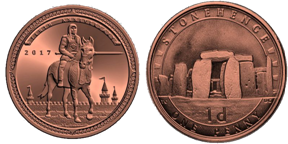It's not very clear, but note the "S" in the star between the 20 and the 02.
There is 2 versions of this coin. with and without the S.
Indeed, there are two versions of
greek 2002 Euro coins.Greece was allowed into the Euro Zone later than the other 11 Euro countries that formed the Eurozone initially. (We now know that the Greeks falsified their data to be granted entry into the Eurozone. But that's another matter).
Because of the time pressure, Greece was allowed in 2001, coins and notes were put into circulation 1-1-2002, the greek mint was not able to fullfil the initial demand for coins. Therefore, they outsourced part of the production to other mints:
1 Euro and 2 Euro coins were minted by the Finnish mint (Finland=Suomi=S)
1 Cent, 2 Cent, 5 Cent and 50 Cent coins were minted in France (F)
20 Cent coins were minted in Spain (Spain=Espana=E)
Greek coins minted by these mints have these mintmarks.
After 2002, the greek mint didn't outsource production anymore.
Interestingly, the dutch mint was not able to fulfill the demand for Euro coins either. The dutch outsourced production of €2 coins to the british mint. However, these coins (mostly €2 dated 2001) don't have a mintmark and can't be distinguished from the €2 coins made by the dutch mint.


